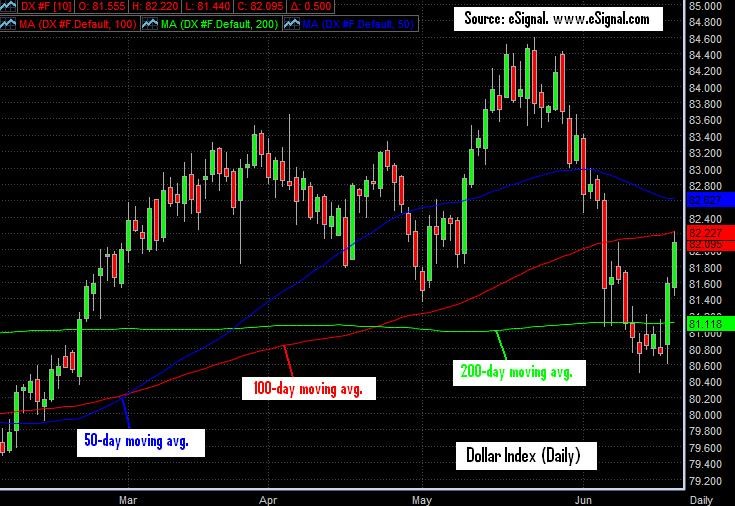Using a Core and Satellite ETF Strategy to Generate Alpha BLK VWO XLK Investing Daily
Post on: 5 Апрель, 2015 No Comment

By Jim Fink on January 24, 2011
Investors can build core portfolios with balanced equity and fixed-income exposure, then overweight particular sectors or countries to generate alpha.
The great thing about exchange-traded funds (ETFs) is that they provide one with instant diversification and exposure to the overall market whether it is a stock, bond, or commodity index at rock-bottom costs. After reading academic study after academic study that demonstrates how the vast majority (80%) of actively-managed mutual funds underperform the overall market, it feels like a victory to be able to match the overall market. Furthermore, the 20% of funds that outperformed in a past time period were almost never the same 20% of funds that would outperform in a future time period. Consequently, one study concludes that:
While every period under review had mutual funds that outperformed the passive strategy, few funds did so consistently. Predicting in advance which mutual funds would outperform was difficult, if not impossible, and the cost of selecting the wrong manager was high.
John Bogle Says Stick with Index Funds
This conclusion matches the conclusion of Vanguard founder John Bogle, who wrote in his book Common Sense on Mutual Funds :
Funds with past relative returns that have been substantially superior to the returns of an appropriate market index will regress toward, and usually below, the market mean over time. There remains no evidence none that superior past performance is predictive of future success.
The most glaring proof of this principle is the record of Legg Mason Value Trust. It outpaced the S&P 500 for 15 consecutive years (1991 to 2005), only to fall behind the index by an astonishing 43 percentage points from 2006 to 2008.
Given these findings, most investors would do well to eschew actively-managed funds and minimize their costs and buy ETFs that match the market.
I could end the article here, but I havent satisfied my word count, so let me talk a little about alpha.
Are You an Alpha Personality?
Alpha is the holy grail of investing some would say the mythical grail. Its such a popular term in the investing world that an entire website is named after it: www.seekingalpha.com. I like the websites name because it emphasizes the seeking part, rather than the obtaining part. Everybody seeks alpha but few actually obtain it.
What exactly is this mysterious thing called alpha? It measures the degree, if any, by which a fund is beating the market on a risk-adjusted basis. The risk-adjusted part of the definition is crucial to determining whether a portfolio manager actually possesses any extraordinary investment skill. After all, in any given period of time, certain investment styles are always beating the overall market. For example, over the past three years an index of gold stocks has beaten the S&P 500 by more than 42 percentage points:
Source: Bloomberg
Does this mean that a portfolio manager who invests only in gold stocks is skilled at beating the overall stock market? For heavens sake, no! Gold stocks are one of the most volatile (i.e. risky) asset classes. According to financial theory, higher risk requires higher returns. Consequently, a manager of gold stocks that beats the S&P 500 is not skilled; he simply assumed more risk.
Alpha, Beta and R-Squared Oh My!
Alpha incorporates this added risk in its formula and penalizes the manager on a risk-adjusted basis. The formula for alpha is:
Actual portfolio return beta * benchmark index return
Oh boy, Im defining one Greek term by introducing another Greek term! Sorry about that, but it cant be avoided. Beta is a measure of the degree to which a portfolio is more or less risky than the benchmark index. A beta of 1.0 means that the portfolio has the same risk as the benchmark index. A beta greater than 1.0 means the portfolio is assuming more risk and a beta less than 1.0 means the portfolio is less risky.
Alpha and beta are only relevant measures if the portfolio and benchmark index it is compared against behave similarly and move in sync (i.e. their price graphs move tightly together). This is measured by a statistical term called R-squared. According to Morningstar. alpha and betas are only meaningful if the R-squared between the portfolio and the benchmark is greater than 80%. In the case of gold stocks, the R-squared with the S&P 500 is under 30%, so the S&P 500 is an inappropriate benchmark index and the associated alpha is not meaningful.
The Morningstar website provides data on each actively-managed mutual funds S&P 500 alpha, but I ignore it because it can be very misleading. I only care about a funds best fit index alpha. Below are examples of small-cap mutual funds that have a positive S&P 500 alpha combined with a negative best fit index alpha. I do not consider the managers of these funds to have any real investment skill:














